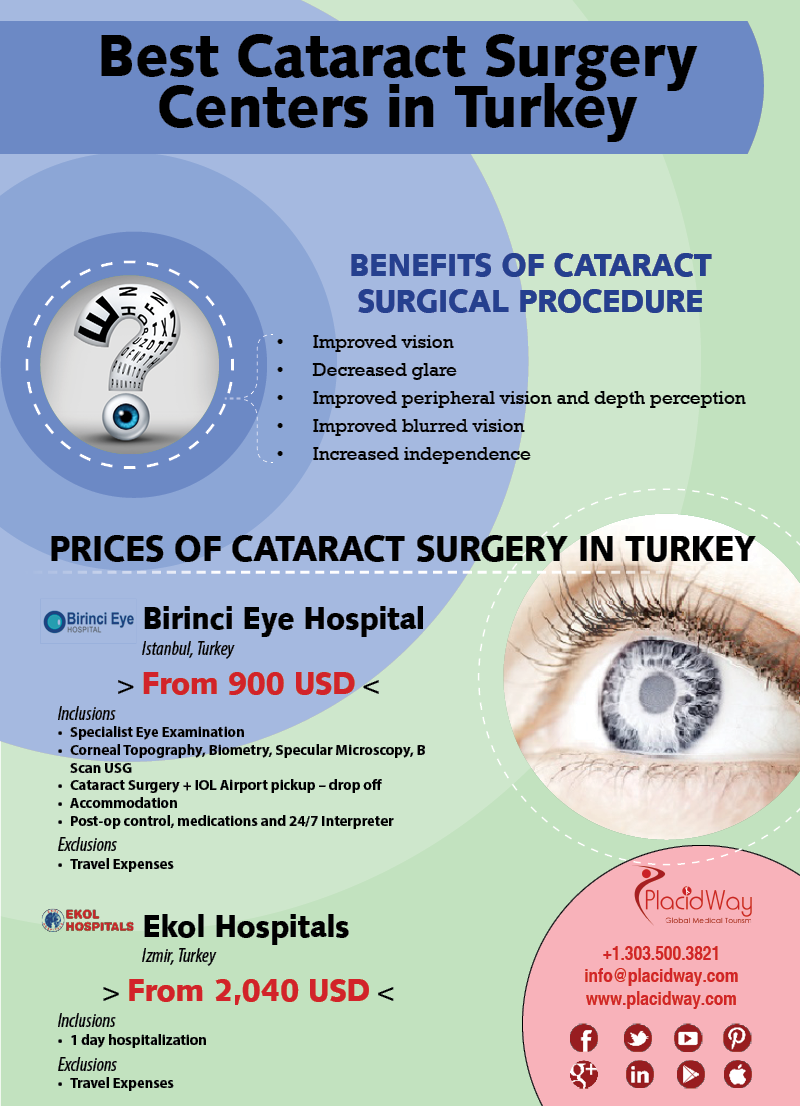What Are The Differences And Resemblances In Between SMILE Eye Surgical Procedure, LASIK, And PRK?
What Are The Differences And Resemblances In Between SMILE Eye Surgical Procedure, LASIK, And PRK?
Blog Article
Created By-Fischer Copeland
If you've been considering SMILE eye surgical treatment, you may ask yourself just how it compares to LASIK and PRK. Each procedure has its own collection of advantages and considerations. From quicker healing times to prospective risks, there are crucial distinctions you need to be aware of prior to deciding. Recognizing these differences will certainly assist you make an educated option that straightens with your certain demands and expectations. Interested to know more regarding just how these treatments contrast carefully? Go on exploring to gain an extensive understanding of SMILE, LASIK, and PRK.
SMILE Eye Surgical Treatment Overview
If you're thinking about SMILE eye surgery, you'll locate it to be a minimally invasive procedure with a fast recovery time. Throughout SMILE (Small Laceration Lenticule Removal), a laser is used to produce a tiny, precise cut in the cornea to get rid of a tiny piece of tissue, reshaping it to fix your vision. Highly recommended Internet site varies from LASIK, where a flap is developed, and PRK, where the outer layer of the cornea is completely eliminated.
Among the key benefits of SMILE is its minimally intrusive nature, resulting in a faster healing procedure and much less pain post-surgery. you could look here for SMILE is reasonably quick, with many patients experiencing improved vision within a day or two. cataract surgery doctor name makes it a popular choice for those looking for a hassle-free and effective vision correction procedure. In addition, SMILE has actually been shown to have a lower danger of completely dry eye disorder contrasted to LASIK, making it a positive option for individuals worried concerning this prospective adverse effects.
Distinctions Between SMILE, LASIK, and PRK
When comparing SMILE, LASIK, and PRK eye surgical treatments, it is essential to recognize the distinctive techniques made use of in each treatment for vision modification.
SMILE (Tiny Cut Lenticule Removal) is a minimally intrusive procedure that includes producing a tiny incision to remove a lenticule from the cornea, improving it to deal with vision.
LASIK (Laser-Assisted Sitting Keratomileusis) includes creating a thin flap on the cornea, making use of a laser to improve the underlying cells, and then repositioning the flap.
PRK (Photorefractive Keratectomy) removes the external layer of the cornea before reshaping the cells with a laser.
The main difference lies in the way the cornea is accessed and treated. SMILE is flapless, making it an excellent option for people with thin corneas or those involved in contact sports. LASIK offers quick aesthetic recuperation due to the flap production, but it might position a higher risk of flap-related issues. PRK, although having a much longer healing duration, stays clear of flap-related concerns altogether.
Comprehending these differences is critical in picking the most ideal procedure for your vision improvement needs.
Benefits And Drawbacks Contrast
To review the benefits and drawbacks of SMILE, LASIK, and PRK eye surgical procedures, it's important to take into consideration the specific benefits and prospective restrictions of each treatment. SMILE surgical procedure provides the advantage of a minimally invasive procedure, with a smaller incision and possibly quicker recovery time compared to LASIK and PRK. It also lowers the risk of completely dry eye post-surgery, an usual adverse effects of LASIK. Nonetheless, SMILE might have limitations in treating greater degrees of myopia or astigmatism contrasted to LASIK.
LASIK surgical procedure gives fast visual recuperation and marginal discomfort during the procedure. It's extremely efficient in dealing with a wide range of refractive mistakes, including nearsightedness, hyperopia, and astigmatism. Yet, LASIK carries a threat of flap problems, which can affect the corneal structure.
PRK eye surgery, while not as prominent as LASIK, prevents producing a corneal flap, decreasing the risk of flap-related problems. It's suitable for patients with thin corneas or uneven corneal surfaces. Nonetheless, PRK has a much longer recovery time and might entail more discomfort throughout the healing procedure.
Final thought
So, when it comes to selecting in between SMILE, LASIK, and PRK, consider it like selecting the excellent pair of footwear. SMILE resembles a streamlined, comfy pair of sneakers - fast and simple.
LASIK is more like fashionable high heels - flashy and fast, however with some possible threats.
PRK resembles sturdy treking boots - trusted and resilient, however requiring a bit more time and effort.
Eventually, the most effective option relies on your specific needs and preferences.
